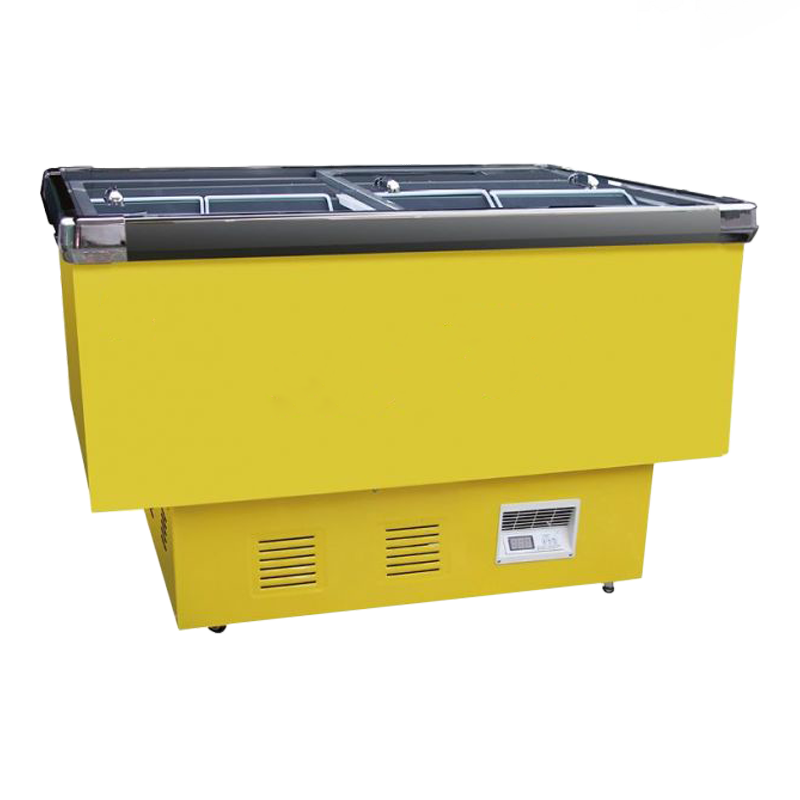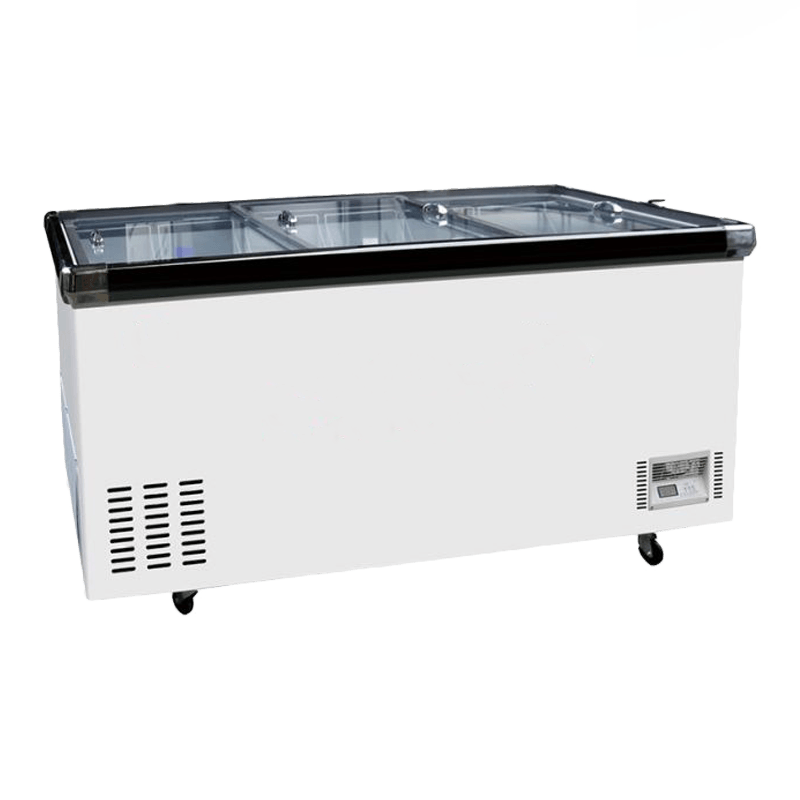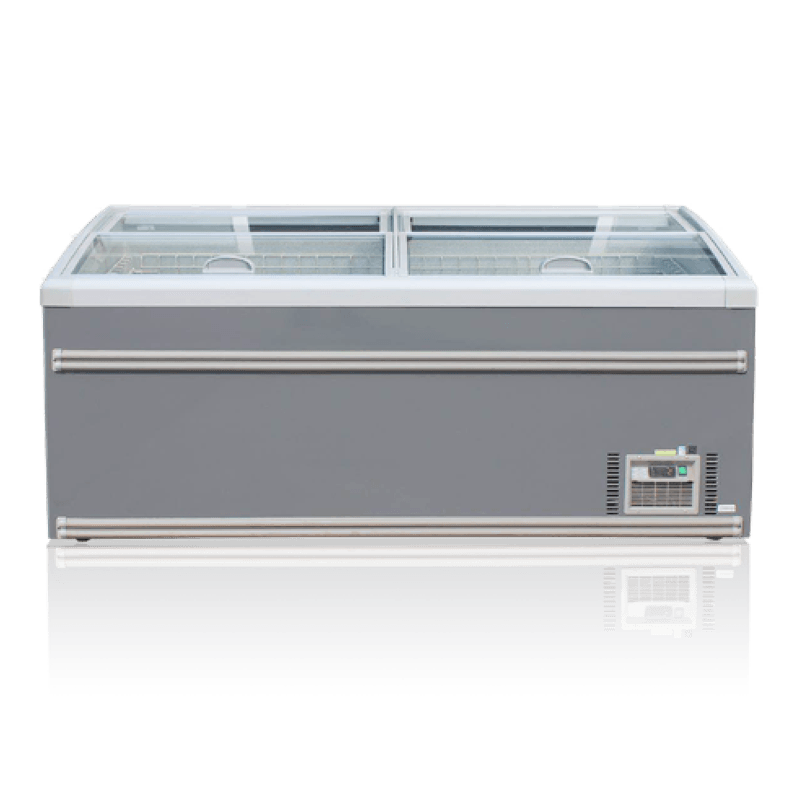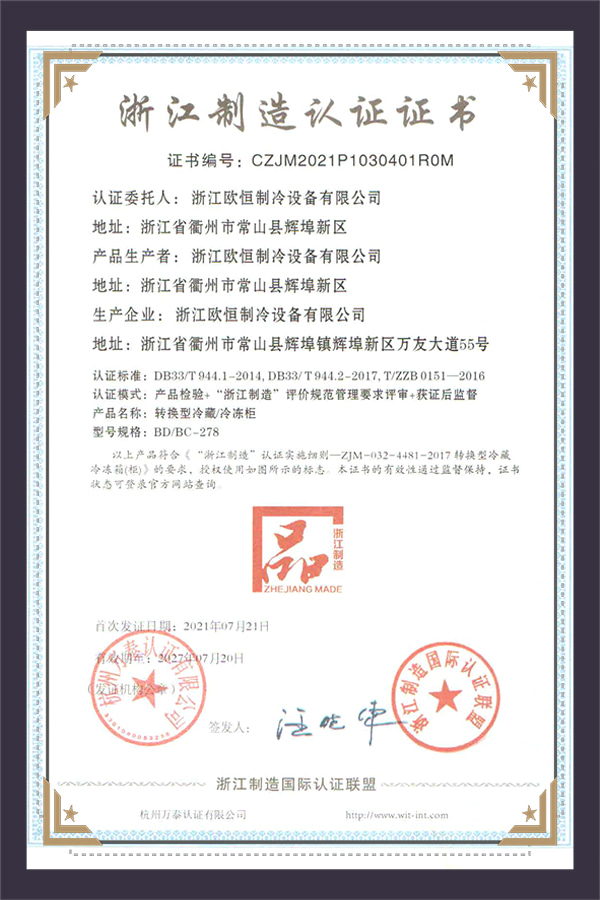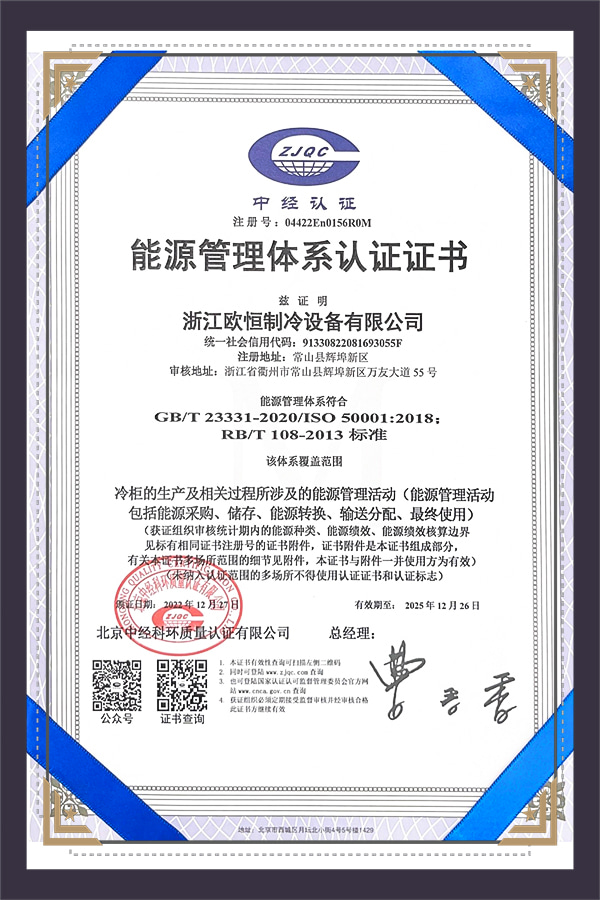
-
0 +Establishment year
-
0 ㎡Factory Area
-
0 +Number of employees
-
0 +Monthly production container
-
2025-12-26Mineral buildup (scale) is the most common preventable cause of slow ice production, cloudy cubes, and premature service calls. Scale forms when dissolved minerals—primarily calcium and magnesium—precipitate onto cold an...
-
2025-12-16What the “24 Hours” Really Means for an Ice Maker When manuals say “allow 24 hours for the ice maker to make ice,” they are usually describing time to reach normal, full ice production—not that the first cube requires a...
-
2025-12-08Common commercial uses by industry Commercial ice makers support very different workflows depending on the industry. Matching the ice type, production rate and footprint to the use-case reduces waste and operational prob...
How Automatic Defrost Enhances Visibility and Product Appeal in Island Refrigerated Display Cases
Clear visibility in refrigerated displays isn't just about aesthetics—it's a powerful driver of product sales and customer trust. In high-traffic retail environments, especially those using Island Refrigerated Display Cases, the visual presentation of food items is directly tied to consumer purchasing behavior. When frost accumulates on internal surfaces or glass panels, it distorts visibility and diminishes the appeal of even the freshest-looking items. Automatic defrost functions solve this issue by systematically preventing ice buildup that clouds the viewing area, allowing merchandise to remain prominently displayed.
The key to consistently clear display windows is moisture control. Refrigerated island display cases, by design, are exposed to more ambient air than upright or enclosed units. This open design increases the likelihood of condensation forming when warm air enters the case. Without an automatic defrost system, this moisture turns to frost on evaporator coils and display surfaces, making it harder for customers to clearly see what’s inside. Automatic defrost cycles, precisely timed and sensor-driven, regulate this process without disrupting the temperature stability needed for perishable items.
Lighting also plays a significant role in drawing customer attention, especially in open layouts like those found in supermarkets or delis. LED lights are commonly integrated into island-style display cases to highlight colors and textures, but their effectiveness drops sharply when condensation or frost dulls the glass. With a well-optimized defrost function, lighting systems retain their intended visual impact. Products like fresh seafood, deli meats, or ready-to-eat meals benefit directly from a well-lit, frost-free environment that reinforces perceptions of freshness and quality.
There’s also a technical component to consider: excessive frost not only blocks the view but also affects internal airflow. Poor airflow distribution can lead to uneven cooling and warm spots, which in turn shortens shelf life and compromises safety standards. Automatic defrost ensures consistent coil performance, which helps maintain proper airflow across all sections of the case. In island-style displays, where products are arranged in broad, accessible layouts, balanced cooling is essential for both display integrity and inventory reliability.
Maintenance frequency is another concern among commercial users. Manual defrosting often requires temporary shutdowns, which disrupt sales and incur labor costs. Automatic systems reduce the need for manual intervention, allowing businesses to operate more smoothly. This added convenience doesn’t come at the expense of performance—in fact, it supports it. Refrigerated Island Display Cases with automatic defrost retain visual clarity longer and are less prone to wear from ice accumulation, ultimately leading to a more dependable long-term investment.
Retail environments today are highly competitive, and the ability to keep displays visually appealing can offer a subtle but real edge. It's not just about having the right refrigeration technology; it's about presenting your products in a way that inspires confidence and encourages quick decisions. An island refrigerated display case with intelligent defrost capability silently supports that goal every day by ensuring customers always see the best side of every product. That kind of performance speaks directly to the needs of food retailers and hospitality professionals looking for reliable solutions.
This is where working with a knowledgeable manufacturer makes a difference. Designing equipment that not only preserves but also presents products effectively requires experience and precision. With years of engineering expertise and attention to real-world usage, we’re committed to delivering display cases that combine technical reliability with strong merchandising appeal. Whether you're upgrading an existing setup or planning a new installation, consider how visibility and presentation can quietly drive results—especially when supported by automatic defrost systems built into every unit.


 English
English русский
русский Español
Español عربى
عربى


